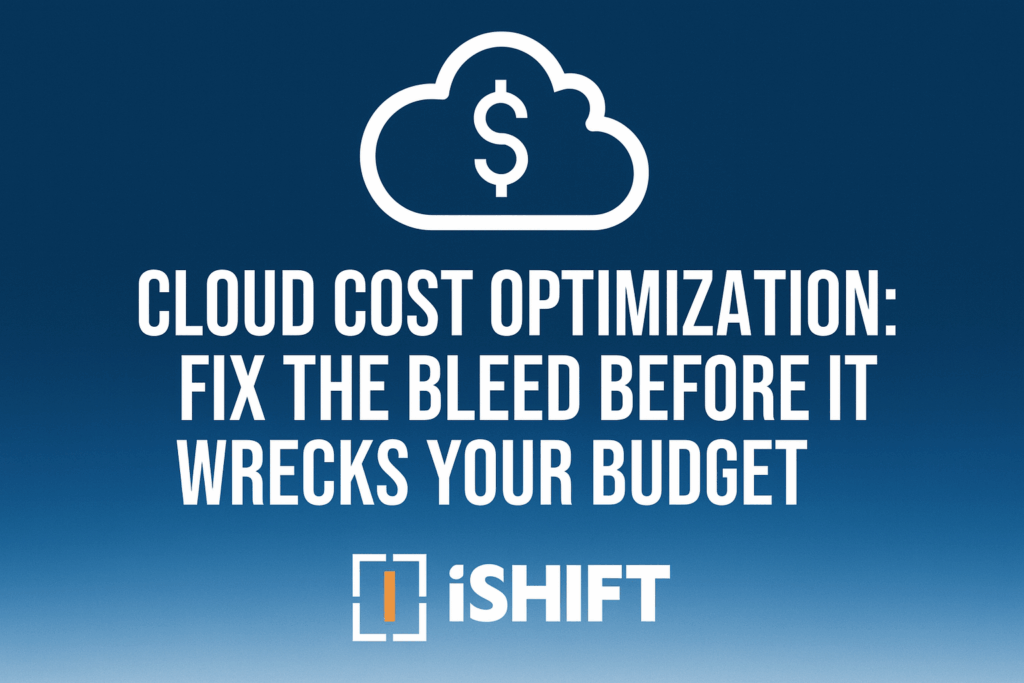EV Certified Engineers on the Path to Extinction
You are aware that you have no access to certified Enterprise Vault engineers, right? The reality is, they don’t exist because no one is wasting time learning EV anymore. At some point in time, you had some engineers that were managing the platform for sure; but they’ve long seen the writing on the wall and moved their skills elsewhere. In the tech time-space continuum, EV is in the Middle Ages.
While Enterprise Vault is still in use, no one is wasting time learning or updating skills for it. NO ONE. Well, except for iShift engineers, that is. And the reason for this anomaly is because we support clients who have it.
So, I will sum up the most likely scenario you’re in: EV is sitting on your network; it’s holding all sorts of valuable data; and you probably do not know if it’s even running. How do I know this? Because I am in the field every day and this is what I see. This is the case for most of our clients who come to us asking if we can migrate their data from EV to wherever it is they want to go next: PST files, Office 365, Mimecast, Proofpoint, etc. You name it, we’ve probably migrated from EV to it.
In addition, lately when we ask if EV is running without any issues, the conversation goes quiet. After the initial uncomfortable pause, we get a variation of responses that boil down to: “Uh maybe, not really sure…” or “No, it hasn’t worked for about 2 years”. The next question is “Hmm, can you still get the data out for us?” Our answer is YES.
Let me qualify that response. Yes, we can access your data provided that you have not deleted your EV SQL databases and your EV storage (NAS, SAN, whatever) is still running. If SQL and EV storage are intact, we are good to go. In fact, during the last half dozen or so of EV to Office 365 (Exchange Online) migrations we completed, the EV application server was not even running.
The Magic Power of the iShift Migration Tools
How did we do this, you ask? That’s the “magic power” of the tool we use, Transvault Migrator. It is so powerful it can pull data from an Enterprise Vault SQL database. Then, it can rebuild and extract the data from the EV storage. Finally, it can migrate that data to just about any other platform out there, even other archive systems. And, by the way, we can accomplish the same for clients with the SourceOne archiving platform.
Getting back to the certified EV engineer thing which your organization lacks: we have certified EV engineers on staff. Let’s assume that at this time you don’t want to migrate your data. You just want to get your server running again and have it managed. We can do that as well. The service we offer includes Veritas Discovery Accelerator.
Now, if you want to try and tackle it yourself, the Veritas knowledge base for Enterprise Vault is vast and one of the best I have worked with. Here is a link to it Enterprise Vault.cloud Support | Veritas™. If you do run into challenges, however, feel free to ask me for guidance.
Some Things to Keep in Mind about EDRM and Other Crucial Acronyms
EV or any other data archiving platform inevitably brings the topic of electronic records management to mind. Your published records retention polices are what will get tested in a court case when discovery is requested. Are you preserving the data up till the date you are supposed to? Can you access and search for that data?
You should be following the Electronic Discovery Reference Model (EDRM) to accomplish this, so that your legal team can easily produce the data they need. One of the first tenants or processes and possibly the most important is Information Governance (IG). IG is the comprehensive management of data through set procedures, processes, and policies.
It goes without saying that if legal teams are going to be able to effectively process electronically stored information, this information first needs to be captured and stored properly. In other words, electronically stored information should follow your organization’s published records retention policies. Information governance is such a crucial component of successful eDiscovery that the EDRM has created a separate model dedicated entirely to it. It’s called the Information Governance Reference Model (IGRM).
If these terms and acronyms are throwing you a bit, then please reach out to us. We have engineers that have been trained in this process. We can walk you through the terms and what it means to you.



